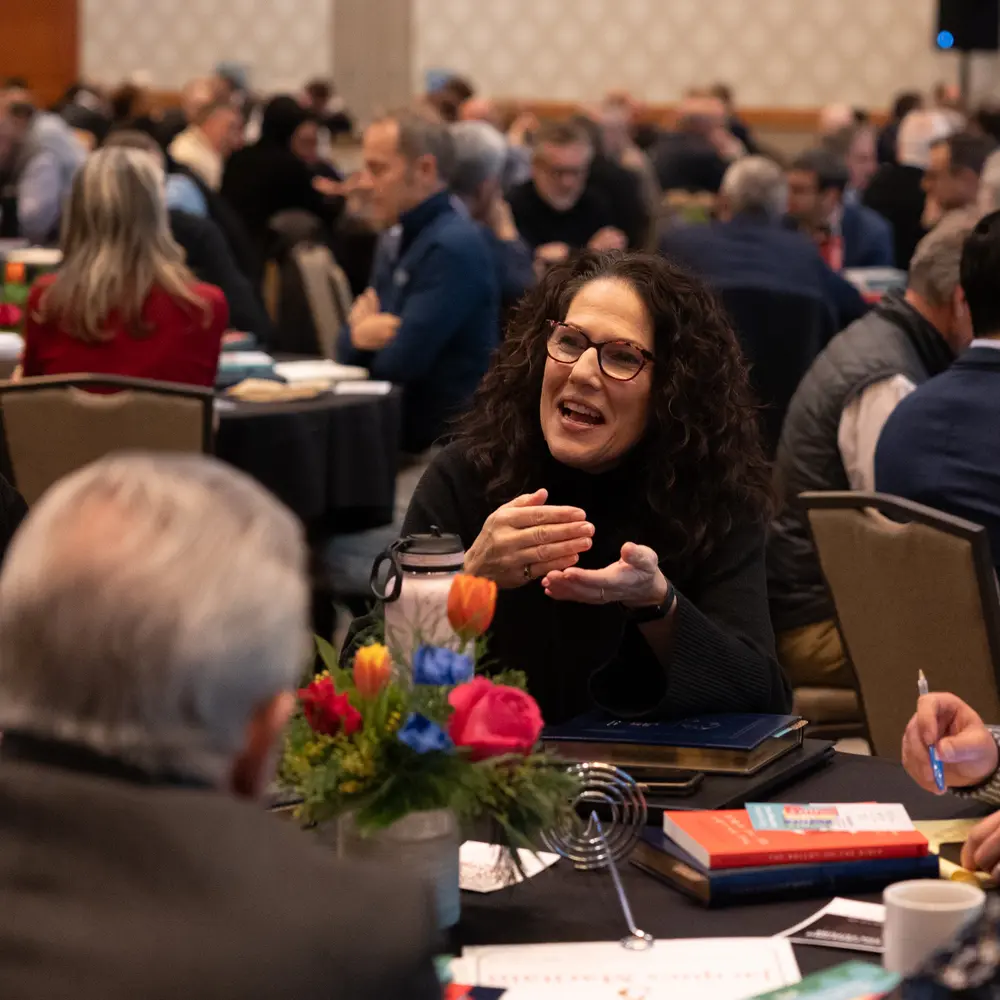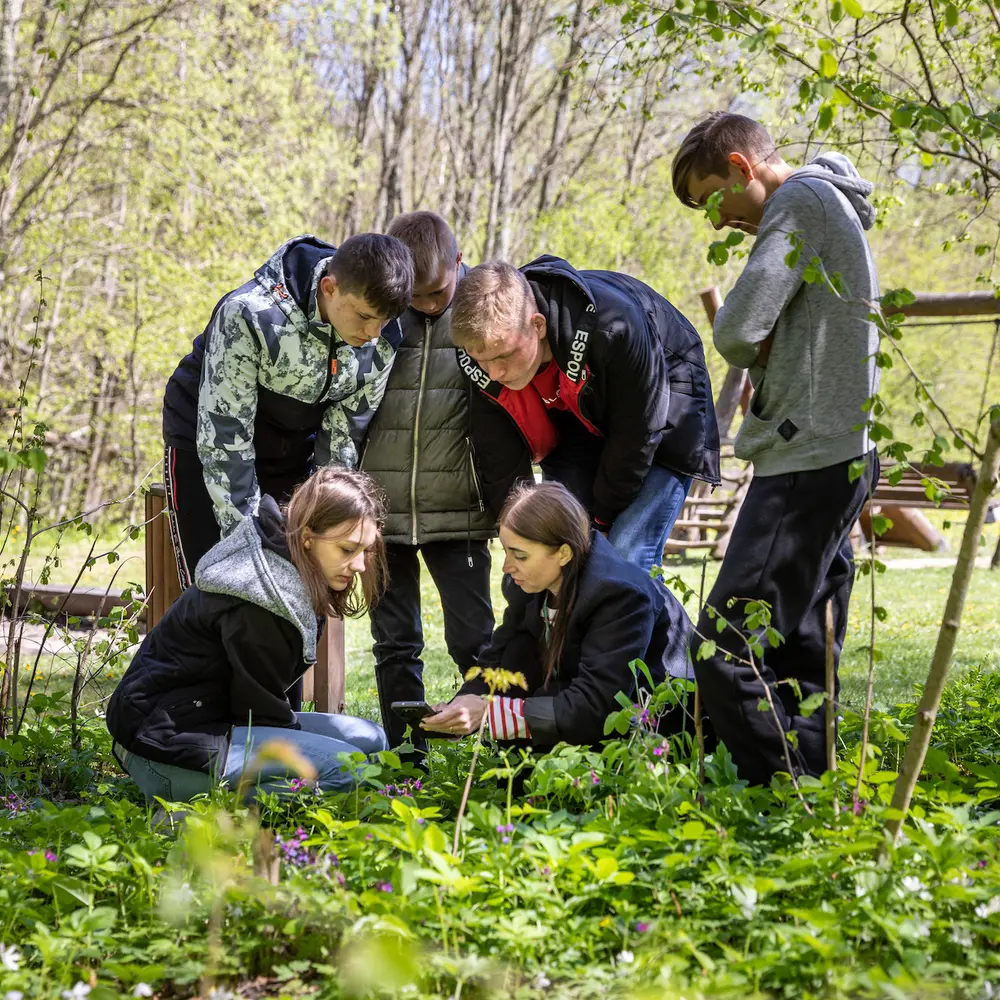by Terry Stokesbary • March 2018
What Is Your Organization Doing to Develop Young Leaders? #
Like millions of others, I love the Lin-Manuel Miranda musical Hamilton. This history-telling, history-making musical tells the story of Alexander Hamilton’s life and death through rap and hip-hop. It sounds like an unlikely combination, but as its popularity and critical acclaim have shown, it works.
Hamilton begins with a trio of songs that captures the striving of a young Hamilton and his friends—John Laurens, Hercules Mulligan and Gilbert du Motier, better known as the Marquis de Lafayette. These songs (“Alexander Hamilton,” “Aaron Burr, Sir” and “My Shot”) express the yearning and revolutionary fervor of the youthful Hamilton and his group of ambitious friends. The lyrics to these songs could be the cry of almost any young person in nearly any period seeking to make his or her mark on the world:
I am not throwing away my shot.
I am not throwing away my shot.
Hey yo, I’m just like my country—
I’m young, scrappy and hungry—
And I’m not throwing away my shot.
This sense of possibility and a desire to contribute is a fundamental part of many young people’s worldview. It’s worth noting that, later in the musical, Hamilton is hired by and taken under the wing of George Washington (then a General in the Continental Army). Hamilton finds a role model and is mentored by a leader who, in many ways, helps Hamilton pursue his goals and realize his dream of serving the nascent United States of America. Washington helps Hamilton imagine what the emerging country could be like.
The hit musical made me think about whether our nonprofits are harnessing the dreams and aspirations of young people today. Do we have women and men who are young, scrappy and hungry? Who care deeply about their work and the organizations they serve? Who want to make a difference and contribute to the flourishing of their communities? I promise, if you have young staff within your organization, you have people who are like Hamilton and do not want to throw away their shot. Young people want to make a difference, be a part of something bigger than themselves. They want to contribute to good things.
But being young, scrappy and hungry isn’t enough. For young people to reach their potential, they need guidance and mentoring. For me, the more important question is this: who in our nonprofit organizations is committed to mentoring these young leaders? Who will be their champion? Hopefully, we are building an organizational culture that embraces young leaders and provides them with the tools and opportunities to grow.
I often wonder what would happen within the nonprofit sector if we made mentoring young leaders a top priority. How would things change if it became an expectation of senior leadership to actively produce the next generation of leaders? If we saw it not as an optional task, but as a core responsibility? What would this commitment do to the quality and depth of the pool of leadership available to nonprofit organizations?
What would happen if we made a long-term commitment, perhaps even 25 years or more, to this value? A commitment to develop quality internship and fellowship programs? A commitment to build a mentoring culture within our organizations? A commitment to develop a culture in which young people are given responsibilities and opportunities that allow them to rise within the organization in which they work? Can you imagine?
Terry Stokesbary is a senior program director at the M.J. Murdock Charitable Trust.
The post Young, Scrappy, and Hungry appeared first on M. J. Murdock Charitable Trust.








